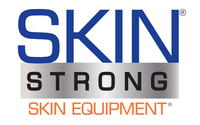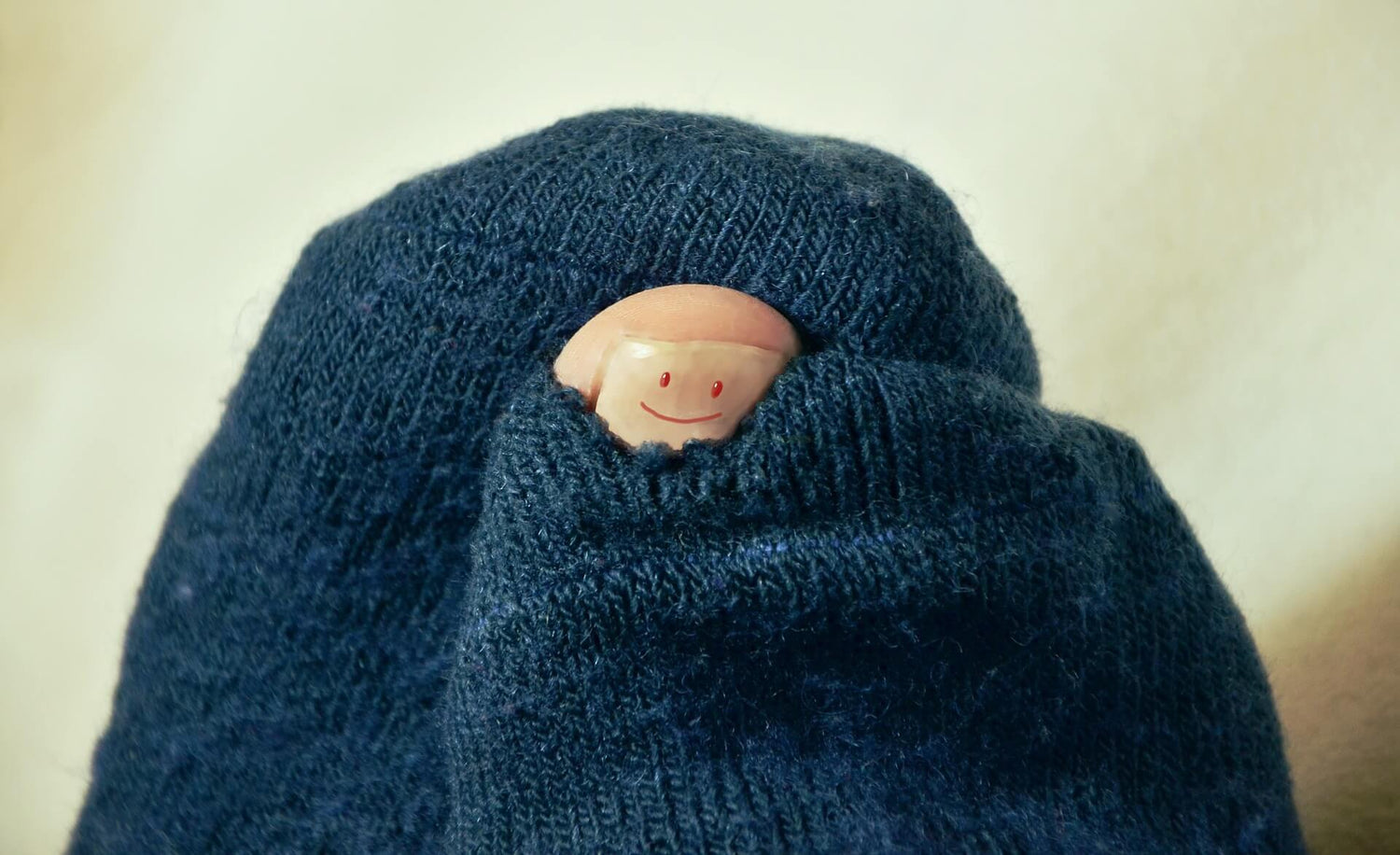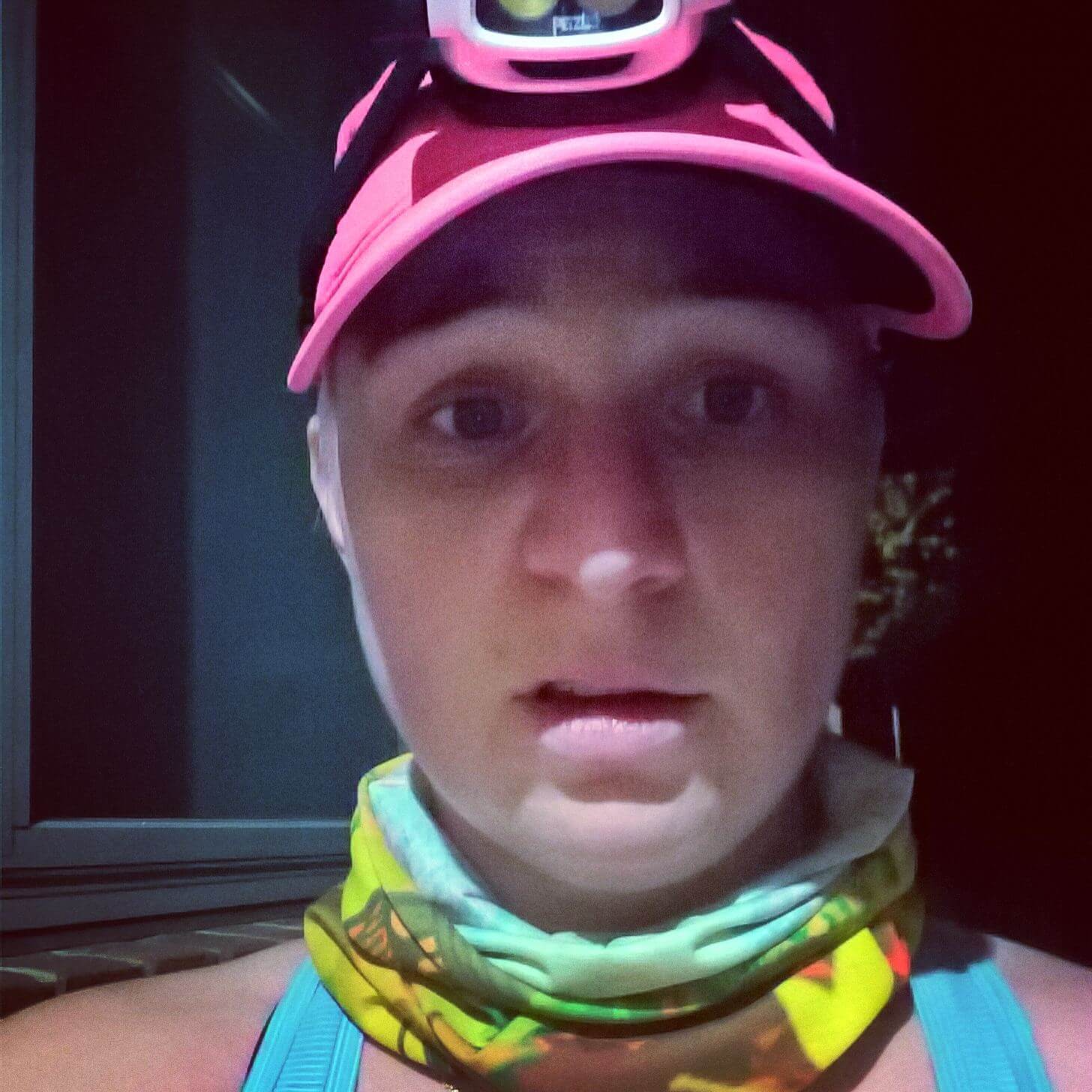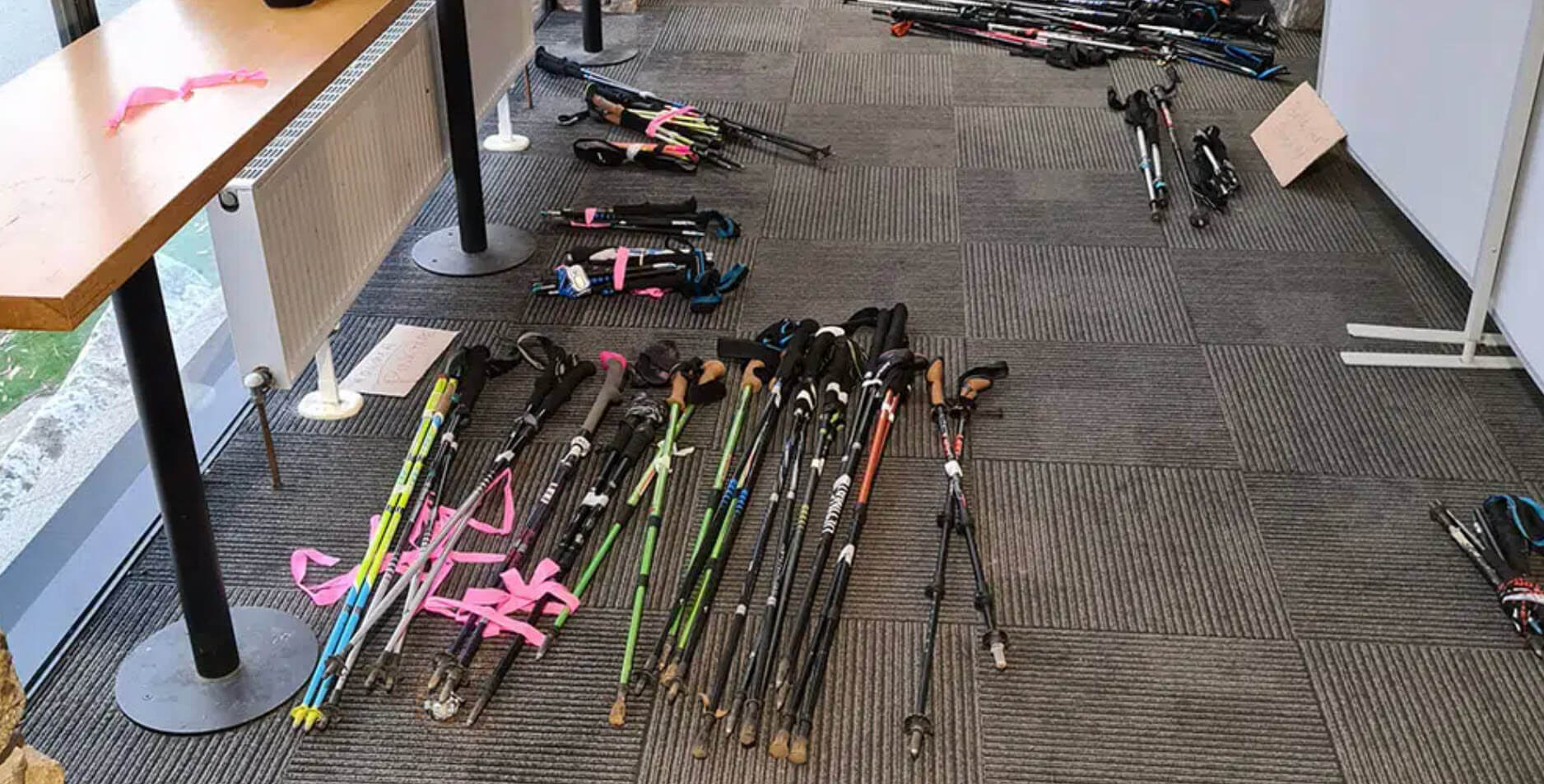Emily is a super awesome all round top human! Emily is a fully qualified Podiatrist, Pro Triathlete, Coach and Gait Analyzer/Fixer! You can find out more about Emily and everything she is about HERE at Running Fix.
Race season is well and truly in full swing. You’ve done all the hard work. You’re physically and mentally prepared for a great performance. Don’t let your feet hold you back!! It’s really important to make sure that your feet are ready to go the distance.
Callousing, blisters and black toenails are common amongst runners. They can cause quite incredible discomfort and be detrimental to your event performance and also hamper your ability to get back to training post-event. These issues are something you should be wary of, particularly if challenging yourself over longer and/or unknown distances.
Callous & Blisters
Callous is thickened skin that develops in areas of high load, pressure or friction. The formation of callous is the body’s natural response, and the build up of thicker skin in these areas is a form of protection. Small amounts of callous are generally fine. However, thicker
and more aggressive callous can be problematic. The thicker, harder skin isn’t as flexible as your normal skin and can cause increased pressure to deeper layers of new (sensitive) skin, surrounding areas of normal skin, and also soft tissue and bony structures (depending on the location of your callous). Essentially, if you have areas of thick callous, there is a high risk of pain and the formation of blood blisters.
In comparison to callous, which develops over extended periods of time, blisters are typically an acute response to trauma from friction or pressure. Blisters can vary in size and severity depending on the amount of trauma and length of exposure, but regardless, they are usually much more painful than callous in the short-term. Blood blisters form when there has been damage to the deeper layers of skin (dermis) and capillaries that supply blood to the area.
Whilst existing callous can be managed to limit it’s impact on event day, blisters can be a little more fickle. If you already have a blister, then management strategies are necessary to reduce discomfort and limit the risk of further blister formation.
Black Toenails
As with callousing and blisters, black toenails also develop in response to trauma and are often regarded as somewhat of a ‘badge of honour’ amongst distance runners and endurance athletes. Even though toenails are dead tissue, they’re important because they provide protection for your toes. Black toenails are a sure sign of excessive pressure to your toe and the nail. The black, or dark, discolouration is essentially bruising to the skin beneath the nail, and sometimes also the formation of a blood blister beneath the nail. In more severe cases, trauma to the nail and nail matrix (where the nail grows from) will cause the nail to become loose and fall off as it grows out. Black toenails can be very painful during and for a few days following the trauma. Typically then the pain will subside, but they can be quite unsightly.
Following damage, toenails will often grow back thickened – again, the body’s method of self-protection. Unfortunately, though, more nail often results in more pressure and more trauma, and thus increases the risk of more black toenails.
Prevention Strategies
Thankfully, there are plenty of preventative measures you can take to reduce the risk of callouses, blistering and black toenails hampering your event. Below are three key focus points which will ensure your feet are well-prepared for a long event.
1. Skin & Nail Care
This may seem like common sense, but it’s really important to ensure that your skin is well-maintained, and your toenails are cut short.
For mild callous, you can soak your feet and then exfoliate your skin. Doing this and applying moisturiser regularly is important for maintaining skin health. For thicker callous it’s strongly recommended to see a podiatrist for treatment and have them safely debride excess skin.
Keeping your toenails short will greatly reduce the risk of developing black toenails. When trimming your nails, ensure they are short, with no sharp edges, and rounded so as not to risk of becoming ingrown. Keep in mind that thicker or more involuted (curled) nails can be especially problematic, so if you’re worried about cutting your own nails, please see a podiatrist for treatment.
If you are prone to callousing, there are likely biomechanical factors (eg. foot mobility, bone structure, gait pattern) contributing, and long-term management would definitely warrant further investigation with a podiatrist. Similarly, the movement and position of your toes during gait can also increase your likelihood of suffering with black toenails. Claw toes, hammer toes and excessive gripping with your toes are all risk factors.
In a majority of cases, podiatry intervention will improve long-term management. Foot movement and function can be improved by implementing addressing biomechanical factors by addressing running technique, muscle activation, strength and stability, and also with insole modifications or orthotics to distribute load more evenly across your foot.
2. Footwear Fitting
Ill-fitting shoes will not only compromise your comfort, but can contribute significantly to your risk of suffering from callous, blisters and black toenails. A number of factors must be considered when assessing shoe fit. Poorly fitted shoes can cause issues such as increased movement and friction, plus excess pressure.
Although there’s the chance of too much movement in loose shoes, you’re much more likely to experience issues if your shoes are too tight or too small as compared to having too much space. Ensuring a firm fit through the heel and midfoot will enhance comfort and improve the security of fit to limit movement. The last (shape) of the shoe, heel counter design and arch contour needs to be considered and matched to your foot. Discrepancies in these area can result in high pressure areas.
Fit through the forefoot will affect the risk of blisters and callous in addition to black toenails. If the toebox is too shallow, too pointed or there isn’t enough length to your shoes, the risk of pressure to your toenails is far greater.
Shoe fit issues should ideally be addressed with with plenty of time prior to your target event or long run. However, if you’re having issues with your current shoes due to poor fit, then consider the risk vs reward of changing shoes.
3. Anti-chafe & Technical Running Socks
Making use of additional products to improve comfort and reduce friction can also limit the risk of callousing, blisters and black toenails. Anti-chafe products are designed to reduce friction, and can work a treat – especially in areas that are prone to blistering. There are a variety of different anti-chafe products that are designed specifically for use on the foot – including powders, balms and creams.
Socks also make a huge difference to risk as they are the interface between your feet and your shoes. Technical running socks are well worth the investment as they will improve comfort significantly. As with shoes, a secure but fit is important to reduce friction, so choosing socks with a mild compression can benefit. Eliminating moisture is also key to reducing risk, especially in the case of blisters. Generally synthetic fibres are most effective in drawing moisture away from the skin. It’s also important to choose socks offering an anatomical fit – as the design around the toes (and sometimes through the arch) will be specific to your left and right foot and therefore fit will be enhanced. Toe socks such as Injinji are strongly recommended to reduce the risk of black toenails because they encourage better function and positioning of your toes, and eliminates additional pressure to the ends of your toes which can occur to your longest toes when wearing a tube-style sock.
With plenty of running and endurance events on the horizon, ensure your feet are ready to go the distance.



